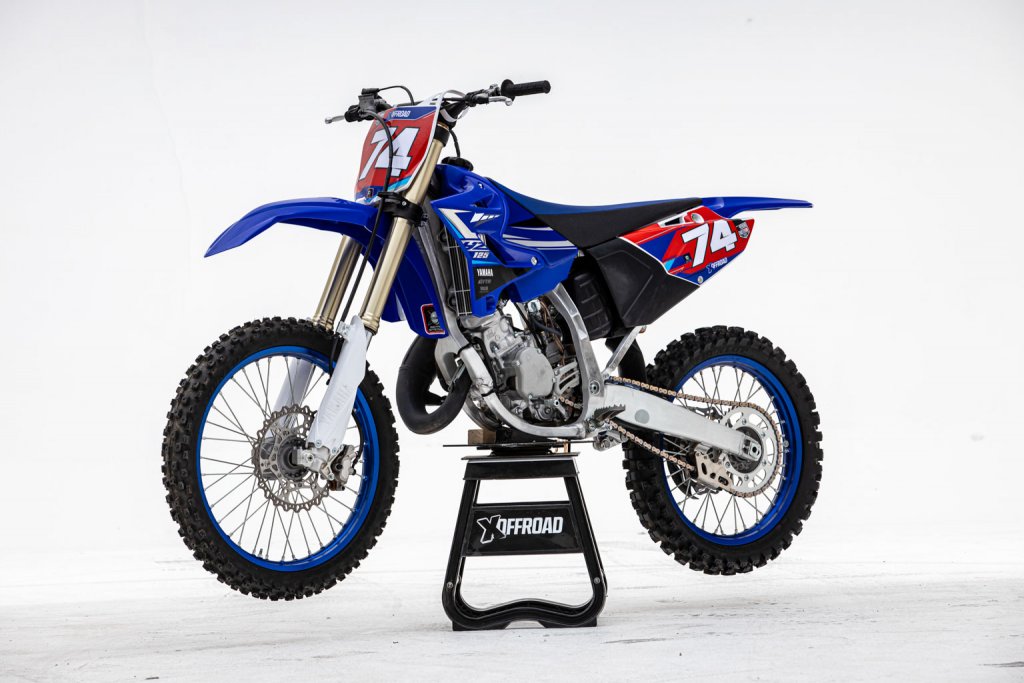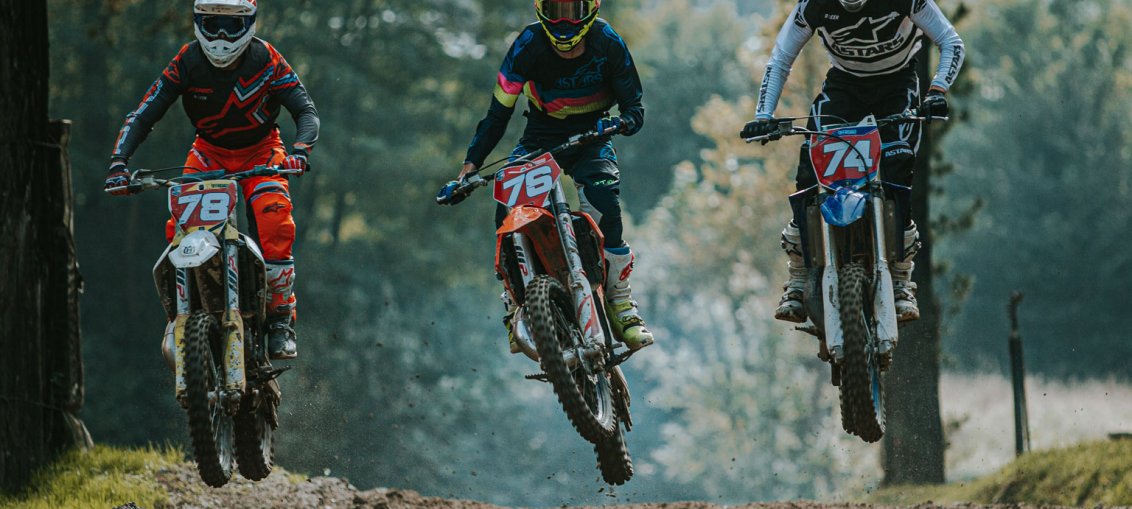
MotoHead got together with Italian magazine X-Offroad to put all the new 2020 model bikes up against each other to see which is best. This year there were 18 bikes in total from Honda, Husqvarna, Kawasaki, KTM, Suzuki and Yamaha, across the MX1, MX2 and 125 classes.
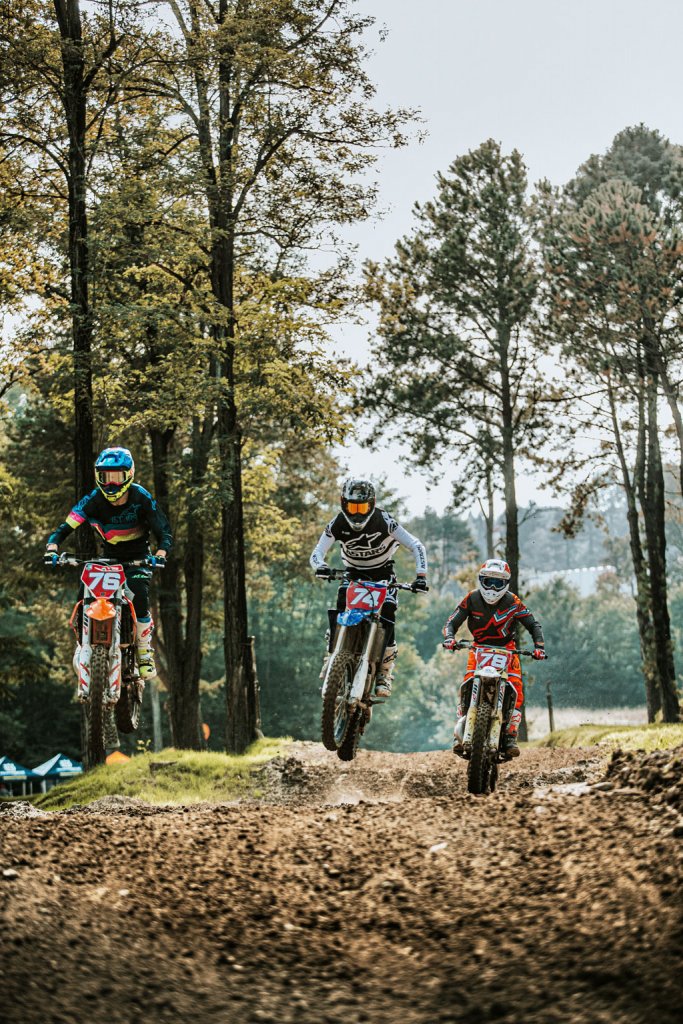
Once again there is an omission as TM again declined to be involved as the Italian factory has done every year. Their reason is that their company policy is not to be involved in comparison tests.
As every year, the bikes are weighed, put on the dyno for power and torque and their noise output measured. However, this year MotoHead’s chief tester Dave Willet was out of action with a broken arm. So we did things a little differently.
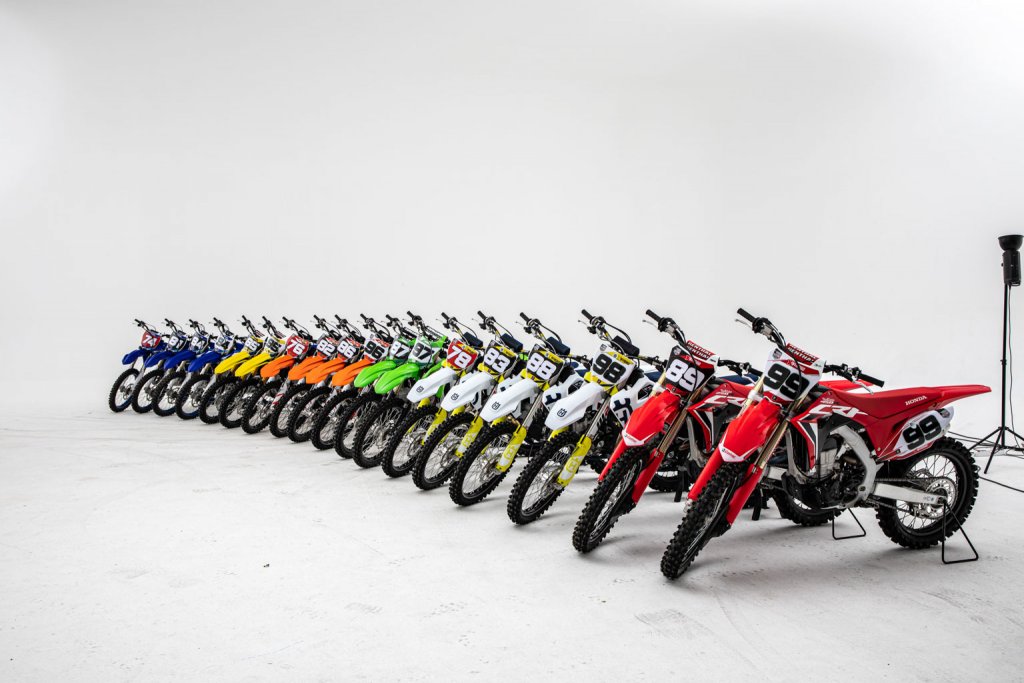
The 18 bikes were ridden by 19 different riders but there were six main testers, two per class, who rode and judged the bikes over two days of intense riding. The 125s were evaluated by magazine rider Pablo d’Aniello and 125 racer Edoardo Boga.

Each of the bikes were given a score out of 10 for 16 different categories including stability, ergonomics, starting, brakes, handling and lots more. From these scores, a chart was produced to give a good impression of the bike’s total performance. With a score of 160 possible, we worked out the % score of each bike. This gives an overall rating, but of course there is much more to each bike than scores. Some bikes suit different riders more than others, so what is ‘best’ for one might not be for others. So we prefer to show the figures so you can see which area each bike excelled and match it to your needs
Which 125 for you?
Austrian sibilings or the single Japanese bike are your choices if you want to go 125 racing. If you want to ride a 125 then chances are you’re either very young and slight or really do have the special skills to get the best out of one.
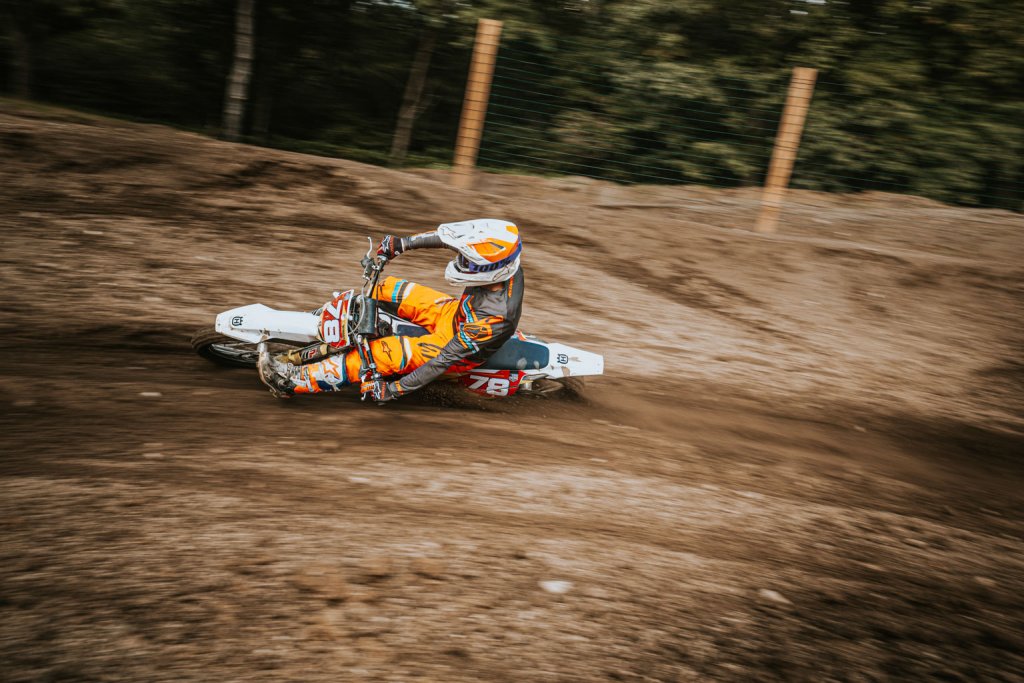
The fight in the 125 class has always between the ultimate engines of the Austrians and the rideability of the Japanese bike, the Yamaha YZ125. This year Yamaha seemed to have a power hike, even though there are no official changes to the motor. The YZ is not far behind the KTM and Husky in the motor division.
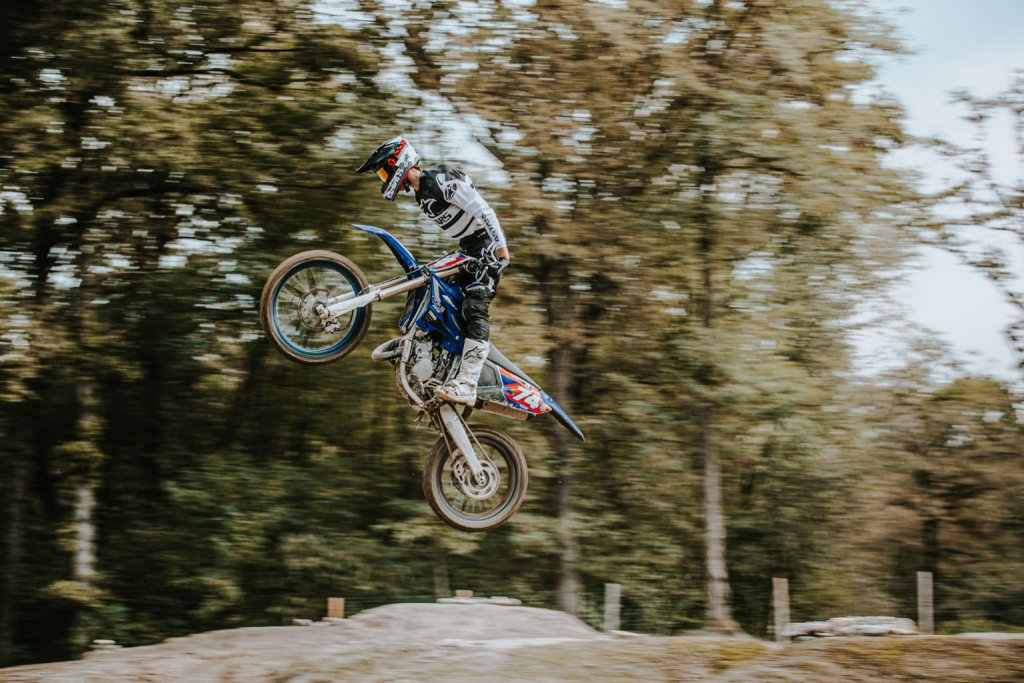
KTM and Husqvarna hit back with better suspension and the result is that the bar rises even further. The performance of the three bikes is a little closer now.

With two-strokes we know that engine performance changes significantly depending on the carburation and environmental conditions.

Even so, the Yamaha YZ is decidedly more on the ball in compared to recent years. It’s level with them up to 7,500 rpm but then falls behind in the crucial mid-to-top rev range which is where fast 125s spend their lives. It does recover at the top, matching the KTM at around 11,000 rpm. Of course, it’s the mid to top range where the majority of riders keep their 125s on the track, and that’s where the KTM and Husky rule.
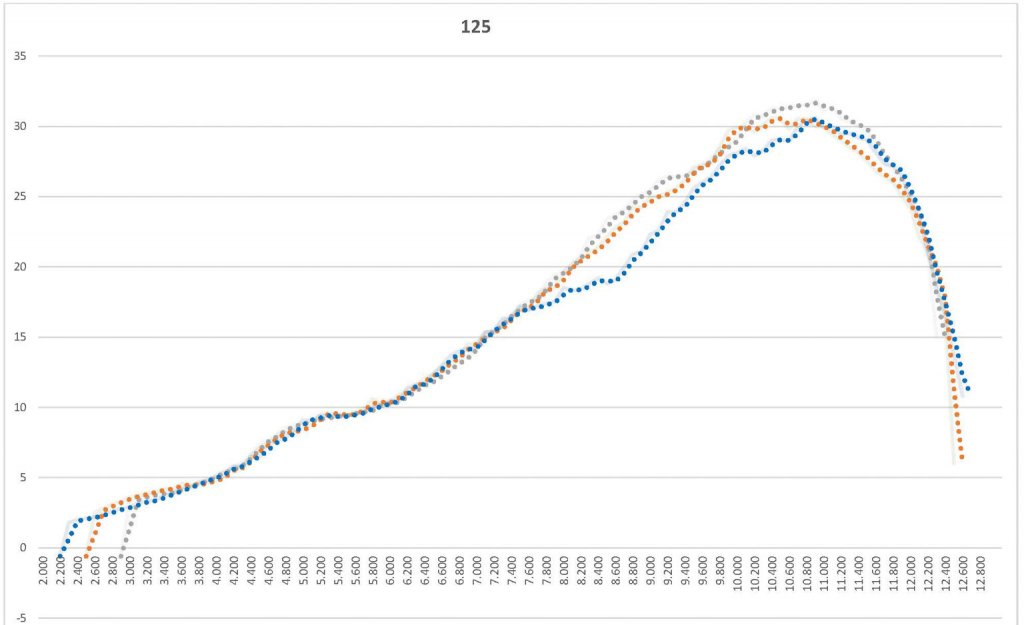
Power
- Husqvarna TC 125 33.80 bhp at 10.900 rpm
- KTM 125 SX 32.60 bhp at 10.400 rpm
- Yamaha YZ125 32.60 bhp at 10.900 rpm
Torque
- Husqvarna TC 125 23.28 Nm at 10,200 rpm
- KTM 125 SX 23.08 Nm at 9.900 rpm
- Yamaha YZ125 21.81 Nm at 10.800 rpm
Verdict

Total scores:
- KTM 125 SX 132.5
- Husqvarna TC 125 128.5
- Yamaha YZ125 127.5
If you are serious about 125 racing, then your choice is severely limited. Either you have two sibling bikes from Austria or the old-school Yamaha from Japan. In a class where power and torque is critical, the Euro bikes edge out the Yamaha. But not by a huge amount.
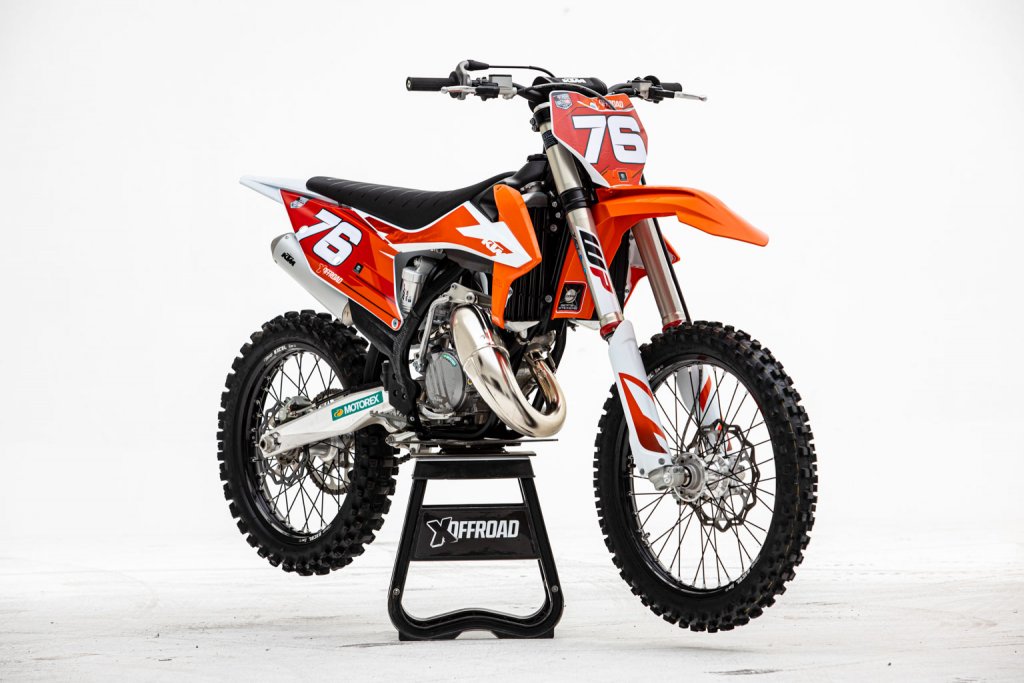
The KTM might be the racer’s choice but the Husky is right there too. And the Yamaha is not far behind at all, especially considering its age. It just goes to prove just how right Yamaha got it with the beam-framed YZs more than a decade ago.

There’s lots of know-how about making them quicker, the suspension is fuss-free and it’s a fun bike. Having said that, if you’re serious about racing then a KTM stars with a slight edge anyway, and it’s the lightest.
